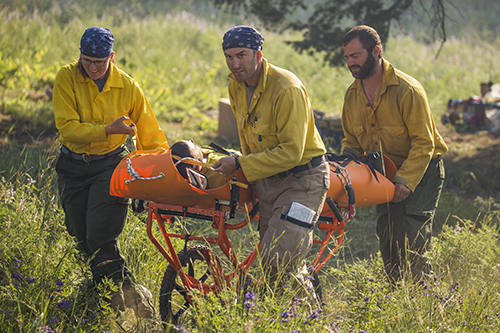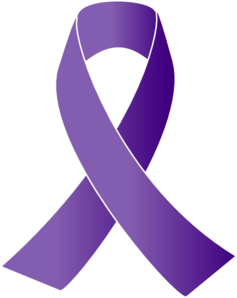
Dutch Creek Incident (California) – July 25, 2008
Today’s topic is dedicated to all firefighters injured or killed in felling accidents.
Perspective from the Rocky Mountain National Park

On July 25, 2008, a radio transmission came into Iron Complex dispatch: “Man down, man down. We need help. Medical emergency. Dozer pad. Broken leg. Bleeding. Drop Point 72 and dozer line. Call 911, we need help.” While his engine crew was dropping a hazard tree, a large section of a nearby tree fell and struck firefighter Andy Palmer, shattering his femur, and severing large blood vessels. For a variety of reasons (detailed in the report), medevac of the seriously injured firefighter experienced multiple delays. Three hours and twenty-six minutes after the accident, an ER physician pronounced time of death, via radio. The coroner later determined that Palmer’s death was caused by excessive blood loss. The eighteen-year-old was on his first fire assignment.
The subsequent Dutch Creek Tree Felling Fatality (2008) Serious Accident Investigation and associated Safety Action Plan and recommendations set the stage for foundational changes to fire responses, especially in remote settings. These documents, from the Lessons Learned Center, gave us incident within an incident (IWI) plans and the Medical Incident Report, part of the Medical Plan (ICS 206 WF).
There have only been a handful incidents that have fundamentally changed the world of wildland fire management for the better. The Dutch Creek incident is one of them. The lessons and new protocols from Dutch Creek have given fire managers tools to proactively plan for the eventuality of an injury. Ask yourself these questions:
- What will we do if someone gets hurt?
- How will we get them out of there?
- How long will it take to get them to a hospital (or advanced level of care)?
At Rocky Mountain National Park (RMNP), these tools and concepts were put to the test and saved a life on the 2012 Big Meadows Fire. Six miles into the backcountry, a hotshot crew member collapsed with sudden cardiac arrest. Because of medical emergency planning for the backcountry, a paramedic was on site and equipped with an automated external defibrillator (AED). The crew member was resuscitated and is alive today as a direct result of lessons learned from the Dutch Creek incident.
Today, fire crews at RMNP keep the lessons learned from the Dutch Creek incident alive in numerous ways. These lessons learned are no longer something we have to do but have become what we do. Prior to engaging a fire, or even project work, we plan for medical emergencies through in-depth discussions and during briefings. If the questions above cannot be answered or the answers are inadequate, we strive to generate proactive solutions or alternate strategies and tactics to manage the risk. We encourage people to speak up if they are uncomfortable so that we can initiate strong dialogue at all levels regarding risk and the proper way to refuse it.
Since embracing the lessons learned from Dutch Creek, crews practice more awareness of the medical resources that are available, as well as their capabilities and equipment. EMTs and crew members train for initial patient care with advanced bleed control supplies which are added to the medical kits. Patient packaging and transport training are conducted, using multiple styles of wheeled litters and extraction training using a Traverse Rescue Stretcher. Planning for an IWI has become engrained and standard but also a continual learning process.
Never Forgotten
Andy Palmer

- Video: We Will Never Forget You: Remembering Andy Palmer
- 6 Minutes for Safety: Dutch Creek Incident (California) – July 25, 2008
- 6 Minutes for Safety: Medical Incident Report
- NWCG Incident Response Pocket Guide (IRPG), PMS 461 – Planning for Medical Emergencies under Operational Engagement (green section) and Medical Incident Report (red section)
- Medical Plan (ICS 206 WF)
- Big Meadows Medevac Lessons Learned Review report





